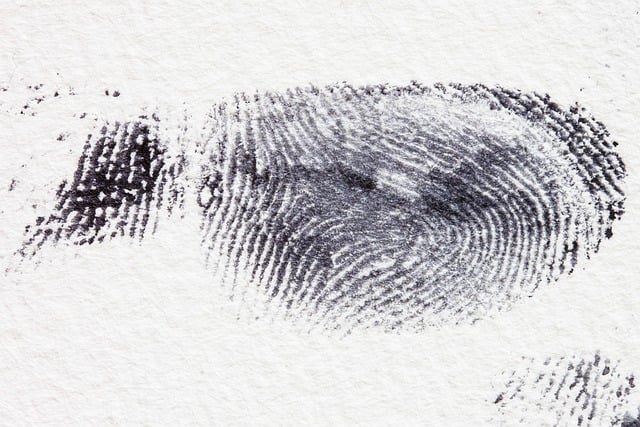Listen&Learn: Fingerprints
Posted by: Jaksyn Peacock
Pre-listening vocabulary
- physical: relating to the body
- genetic: caused by DNA
- permanent: lasting forever
- identify: to find out who someone is
- accurate: correct
- proportions: the size of one thing in comparison to something else
- foolproof: always reliable, having no room for error
Listening activity
Podcast: Play in new window | Download (Duration: 1:52 — 1.7MB)
Subscribe: Apple Podcasts | More
Gapfill exercise
Comprehension questions
See answers below
- Fingerprints develop
a. when DNA first forms
b. in the womb, while skin is still growing
c. a few days after birth - To change your fingerprint, you would need to damage a layer of skin called
a. the epidermis
b. the dermis
c. the hypodermis - A very small percentage of people
a. have matching fingerprints
b. have fingerprints that change naturally
c. have no fingerprints
Discussion/essay questions
- Many cell phones now allow people to use their fingerprints to secure their personal information. Some people find this concerning. Unlike a password, it is very difficult to change your fingerprint. Do you think it is a good idea to secure your information with a fingerprint? Why or why not?
Transcript
Unlike most physical features, fingerprints are not genetic. The patterns on our fingers develop in the womb, while skin is still growing. For this reason, no two people have the same fingerprints, even identical twins. The ridges of a fingerprint are the same through multiple layers of skin. This is why fingerprints stay the same after cuts or scrapes heal. To permanently change your fingerprint, you would need to destroy all of the skin’s outer layers and damage the inner layer, which is called the dermis. Since the early 20th century, many law enforcement agencies have used fingerprints to identify people. They are more accurate than earlier identification techniques, such as measuring body proportions. However, fingerprints are not a foolproof way to find someone. Some diseases and medications can cause people to lose their fingerprints. A very small percentage of people are even born without them. This can make it difficult to get legal documents, enter different countries, and apply for certain jobs.
Answers to comprehension questions
1b 2b 3c
Search for more Listen&Learn stories:
8 comments
-
glon says:
I found the help in your lessons .Each time we learn something it’s good for the culture and wae learn new words and vocabulary
Thank you for your help again and we will be better if we have a good will to do it
-
Abubeker says:
Its very interesting and essential website i like it continue
-
Luisa says:
I liked the topic and the language exercises on the passage. Good vocabulary some New words for me!
-
Eman Mohammed says:
I like it soo much 😊, because its simplified the English language so I can easily listen and write.
-
Flor says:
For me, it’s very interesting because I can read, listen, to write and also learn more vocabulary.
-
Julissa de León says:
is very intersting because you know more vocabulary
-
DIOP says:
Great learning English with very interesting topics like this on fingerprints and identity. Bye!
-
Reni Momcheva says:
I need your help